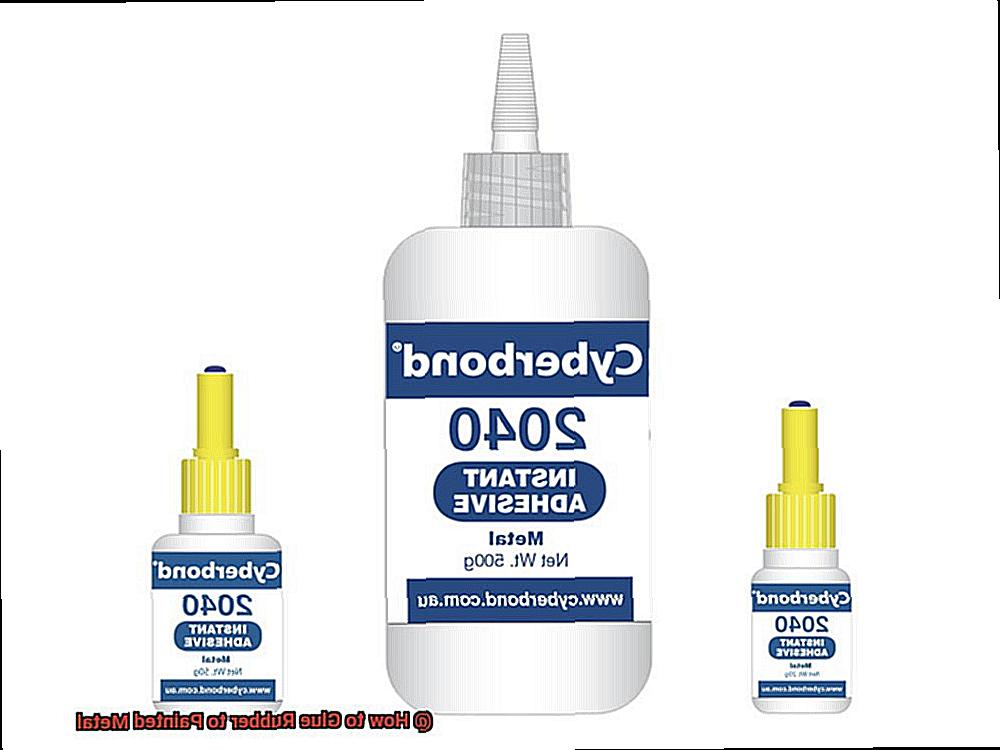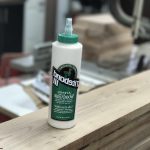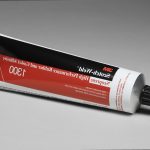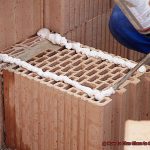How to Glue Rubber to Painted Metal
Do you need to know how to glue rubber to painted metal? It’s not as hard as it seems. With the right tools and techniques, you can easily create a strong bond between the two materials. Whether you’re building a DIY project or repairing something around the house, this guide will help ensure your project is successful.
We’ll cover everything you need to know about gluing rubber to painted metal. We’ll discuss which adhesive type is best, give surface preparation tips, and provide step-by-step instructions on how to obtain a safe bond. Plus, we’ll provide helpful tips on troubleshooting common problems that may arise.
By the end of this article, you’ll have all of the information needed for any project involving gluing rubber onto painted metal surfaces. So let’s get started.
Types of Glue Used for Rubber and Painted Metal Surfaces
Contents
- 1 Types of Glue Used for Rubber and Painted Metal Surfaces
- 2 Preparing the Surface Before Applying Adhesive
- 3 Epoxy Adhesives for Gluing Rubber to Painted Metal
- 4 Super Glue and Cyanoacrylate Adhesives for Gluing Rubber to Painted Metal
- 5 Silicone Adhesives for Gluing Rubber to Painted Metal
- 6 Other Considerations When Choosing an Adhesive
- 7 Tips for Successfully Gluing Rubber to Painted Metal
- 8 Safety Precautions When Using Any Type of Adhesive
- 9 Conclusion
When it comes to gluing rubber to painted metal surfaces, there are a number of different options available. Depending on the application and strength required, each type of adhesive offers its own unique advantages and disadvantages.
Cyanoacrylate glue, often referred to as superglue, is a great choice for small projects where precision is key. It dries quickly and forms a strong bond, making it ideal for repairs and complex jobs. However, it may not be suitable for larger or heavy-duty projects that need more strength.
Epoxy adhesive is another popular option that sets through a chemical reaction. It creates an incredibly strong bond that can withstand high levels of stress and is also waterproof and resistant to chemicals – perfect for outdoor or marine applications.
Rubber cement adhesive provides a flexible bond that can accommodate movement and expansion while drying clear – great for projects where the aesthetics are important. However, it may not be the strongest adhesive so may not be suitable for heavy-duty applications.
Lastly, Gorilla Glue is renowned for its ability to bond a variety of materials together with ease. It expands as it sets, filling up any gaps between the materials being glued together and forming an incredibly strong bond that can withstand high levels of stress.
Keep in mind that Gorilla Glue dries to a dark brown color so this may not be ideal for all applications; it’s also highly water-resistant so not suitable for outdoor use either.
Preparing the Surface Before Applying Adhesive
Creating a strong bond between rubber and painted metal requires careful preparation of the surfaces before applying adhesive. This process is essential for achieving a lasting connection between the materials, and it involves several steps.
To begin, both surfaces need to be cleaned with a mild soap and water solution, followed by rinsing and drying.
This removes any dust, dirt, or oil that could weaken the bond. Then, roughen the surfaces with sandpaper – particularly the painted metal surface – using grits from 60 to 80. This creates a rough texture for the adhesive to effectively attach to.
Wiping down both surfaces with isopropyl alcohol is also necessary in order to remove any remaining debris or residue that was missed during cleaning. Finally, apply a primer to both surfaces; this helps seal them and improves adhesion of the adhesive.
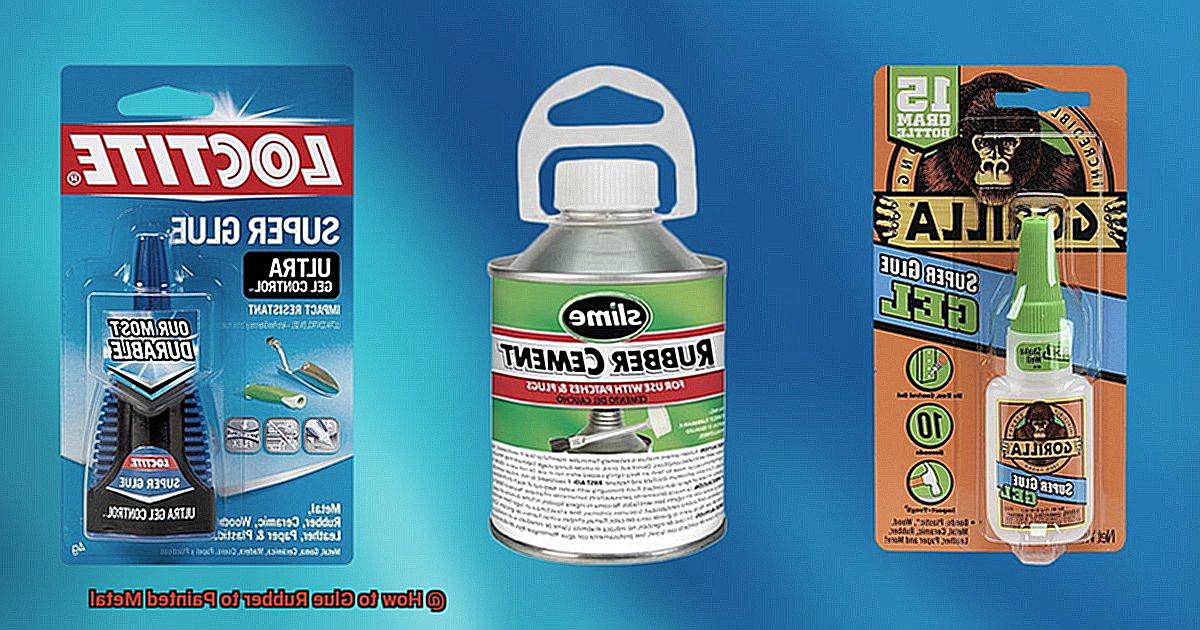
Surface preparation may seem like an extra step but it is vital for getting good adhesion between rubber and painted metal.
Epoxy Adhesives for Gluing Rubber to Painted Metal
Gluing rubber to painted metal can be a tricky job, but with the right epoxy adhesive and a bit of preparation, you can achieve a strong and durable bond that will last for years. Epoxy adhesives are known for their strength and durability, making them ideal for this type of project.
However, it is important to select an adhesive that is specifically designed for use on rubber and metal surfaces.
To ensure a successful bond, it is essential to prepare the surfaces properly. This includes degreasing the metal surface to remove any dirt or debris, as well as wiping down the rubber surface with alcohol to get rid of any contaminants.
Once the surfaces are clean and dry, mix the two components of the epoxy according to the manufacturer’s instructions. Apply it uniformly to the metal surface and press the rubber firmly into place. Use clamps or weights to hold it in place until the adhesive has set completely.
One popular epoxy adhesive for gluing rubber to painted metal is 3M Super Weatherstrip Adhesive. This high-strength formula creates a permanent bond between surfaces while also being waterproof, heat-resistant, and able to withstand exposure to oils and chemicals.
Super Glue and Cyanoacrylate Adhesives for Gluing Rubber to Painted Metal
Super glue and cyanoacrylate adhesives are the perfect choice for gluing rubber to painted metal surfaces. Not only do they offer fast-drying and bonding capabilities, but they also come in a variety of forms, making them incredibly versatile.
When using these adhesives, it’s important to follow manufacturer instructions and apply sparingly. Apply a small amount of glue to the rubber surface and press firmly onto the painted metal surface – hold for 10-15 seconds, and you should have a strong bond. It’s also essential to keep these adhesives in a dry and cool environment to prevent premature hardening.
It’s also important to note that certain types of rubber may not bond well with super glue or cyanoacrylate adhesives. Therefore, it’s always best to test on a small area before applying it to the entire surface.
Silicone Adhesives for Gluing Rubber to Painted Metal
Silicone adhesives are an ideal choice for gluing rubber to painted metal, as they create strong and durable bonds that can withstand water and high temperatures. Used in a variety of industries from automotive parts to industrial machinery, silicone adhesives have been proven to be reliable and effective.
Before applying the adhesive, it is important to select the right type of adhesive for your project. Different types of rubber and painted metals may require different types of adhesive, so be sure to read the manufacturer’s instructions carefully.
Additionally, ensure that the surfaces you’re glueing are clean and dry before applying the adhesive, as this will help ensure a strong bond between the two materials.
Once you have chosen the right kind of adhesive and prepared your surfaces properly, apply it evenly on both surfaces – slightly more on the rubber surface than on the painted metal surface. Leave it to dry for 24-48 hours without disturbing it before testing its strength.
If necessary, apply a second coat of silicone adhesive for extra security.
Other Considerations When Choosing an Adhesive
Choosing the right adhesive for gluing rubber to painted metal is essential for a successful bond. Temperature resistance, flexibility, and compatibility with both materials are key considerations when selecting an adhesive.
Fortunately, there are several adhesives that meet these needs, such as cyanoacrylate (super glue), silicone adhesives, and epoxy adhesives specifically formulated for rubber and metal bonding.
Temperature resistance is particularly important if the rubber-metal bond will be exposed to extreme heat or cold. Cyanoacrylate is a great choice here because it has a high temperature resistance and won’t crack or break under harsh conditions.
The flexibility of the bond is also key. Rubber is a movable material, so you need an adhesive that allows for movement without compromising the bond strength. Super glue is well-known for its strong yet flexible bond in this regard.
Finally, it’s essential to make sure your adhesive won’t damage either the rubber or metal surfaces. Silicone adhesives and epoxy adhesives specifically designed for rubber and metal bonding are two dependable options here.
When it comes to gluing rubber to painted metal surfaces, choosing the right adhesive is paramount for achieving a secure and long-lasting bond.
Tips for Successfully Gluing Rubber to Painted Metal
Creating a strong and lasting bond between rubber and painted metal can be a tricky process, but with the right techniques and materials, you can achieve a secure connection. Here are some tips to help you successfully glue rubber to painted metal like a pro.
Clean the surfaces
Before applying any adhesive, it’s essential to make sure that both the rubber and the painted metal surfaces are clean, dry, and free of any dirt, dust, or grease. Use a mild detergent solution and rinse with water, then thoroughly dry the entire surface before proceeding.
Choose the right adhesive
Different types of adhesives can work for bonding rubber to painted metal, such as silicone adhesives, epoxy adhesives, cyanoacrylate (super glue) adhesives and Gorilla Glue. Make sure to check that the adhesive is compatible with both rubber and painted metal surfaces before using it.
Apply evenly
When applying the adhesive, make sure to spread it evenly over both surfaces in thin layers for maximum contact area between them. Follow the instructions on the adhesive packaging regarding application temperature, mixing ratio (if applicable), and curing time.
Clamp or press together
Once you have applied the adhesive on both surfaces, clamp or press them together firmly until they make full contact with each other for maximum adhesion strength. You can use tape or weights to apply steady pressure while the adhesive cures.
Allow curing time
The curing time for different types of adhesives may vary; however, it’s best to wait at least 24 hours before handling or exposing your bond to any stress or temperature changes in order for a strong bond to form.
Safety Precautions When Using Any Type of Adhesive
Using adhesives is a great way to bond materials together, but it’s essential to take the necessary safety precautions when doing so.
Whether you’re gluing rubber to painted metal or joining two pieces of wood, safety should always be your top priority. Here are some tips on how to use adhesives safely and effectively.
- First and foremost, make sure you read and follow the instructions on the adhesive packaging. Each brand of adhesive has its own instructions for use, so it’s important to know what those are before beginning. For extra protection, wear gloves and protective eyewear when working with adhesives to prevent any accidental contact with the product. Additionally, it’s critical to use adhesives in a well-ventilated area to avoid inhaling any harmful fumes.
- Before using any adhesive, make sure the surfaces being glued are clean and free from dirt, oil, or debris. This will ensure a strong bond that won’t break down over time. It’s also important to use the appropriate adhesive for the materials being joined; using the wrong glue can weaken the bond or damage your materials.
- Keep adhesives out of reach of children and pets; their strong bonding properties could create a dangerous situation if they get stuck on someone or something. Store them in a cool, dry place with tightly sealed lids after use; this will prevent them from drying out or becoming less effective over time.
Conclusion
Gluing rubber to metal can be a challenge, but with the right tools and techniques, it’s totally doable. This guide has everything you need to know about gluing rubber to painted metal – from adhesive type selection to surface preparation tips and step-by-step instructions.
Choose an epoxy adhesive, super glue, cyanoacrylate adhesive, or silicone adhesive for a strong and durable bond that will last for years. Make sure all surfaces are clean and dry before applying the adhesive, and use clamps or weights to hold them in place until they have set completely.
When using adhesives, remember to read and follow the packaging carefully; wear gloves and protective eyewear; use them only in well ventilated areas; and keep them out of reach of children and pets.

